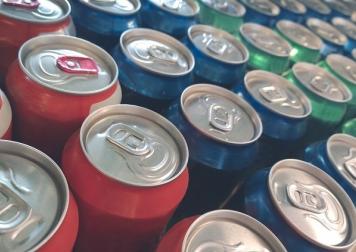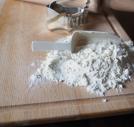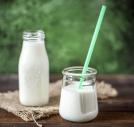Complications
Protecting Your Kidneys from Complications of Diabetes
Blood and waste products enter our kidneys to travel through millions of capillaries, or tiny blood vessels, which contain filters called glomeruli.
Things our body needs, such as red blood cells and proteins, are too big to fit through the glomeruli, but waste products pass through these filters and end up in our urine. Then, our detoxed blood continues its rounds.
This unglamorous but essential function of the kidneys can be damaged by having uncontrolled blood sugar. Although everyone needs to protect his or her kidneys with healthy habits, people with diabetes need to take extra precautions.
The Two Best Ways to Protect Your Kidneys
- Blood glucose management: Tight blood glucose control is important for kidney health. Do what you already know to do: monitor your blood glucose regularly, take your medication or insulin as prescribed, make wise food choices, avoid high-protein diets, exercise regularly, and keep in contact with your diabetes care team. Having an A1C test two to four times per year will give you and your doctor a good overview of how well your treatment plan is controlling your blood sugar.
- Blood pressure management: Keep your blood pressure as normal as possible. To protect the kidneys blood pressure should remain below 130/80, but your doctor can tell you what pressure range is ideal for you. A healthy diet and consistent exercise are the best blood pressure normalizers. If prescribed blood pressure medication be sure to take it regularly.
Five More Ways to Protect Your Kidneys
- Get regular kidney screenings. Annual screenings for kidney problems are wise since early kidney damage may not produce warning symptoms. The first sign of kidney disease is typically elevated albumin, or protein, in the urine. This is easily detected by having a micro-albumin test. Urine should also be checked every year for creatinine, a waste product that damaged kidneys have difficulty removing. The doctor will use your creatinine level results to estimate your kidney GFR, or glomerular filtration rate, indicating how efficient the kidneys are at removing waste.
- Take protective drugs. Even if your blood pressure if normal, your physician may recommend taking drugs designed to lower blood pressure. They sustain kidney function by protecting the blood vessels, and may also lower the risk of developing heart disease. The two types of drugs available are ACE inhibitors, and ARB (a receptor blocker). Diuretics, or water pills, are sometimes prescribed to aid in removing water and salt from the bloodstream.
- Limit NSAIDs. Non-steroidal anti-inflammatory drugs, or NSAIDs, can trigger kidney damage if used regularly over time. Ask your doctor how often you can safely use NSAIDs such as ibuprofen or naproxen.
- Stop smoking. People who smoke are more likely to get kidney disease. Smoking hinders blood flow to the kidneys, tends to elevate blood sugar, and interferes with the body’s use of insulin.
- Know the signs of bladder/kidney infections. If you have a frequent urge to urinate, have urine that is reddish or cloudy, feel shaky or feverish, and/or experience pain below the ribs in your side or back, you may have an infection. Notify your physician right away.
Source: Family and Consumer Sciences
Photo credit: jennie-o (@flickr)


































